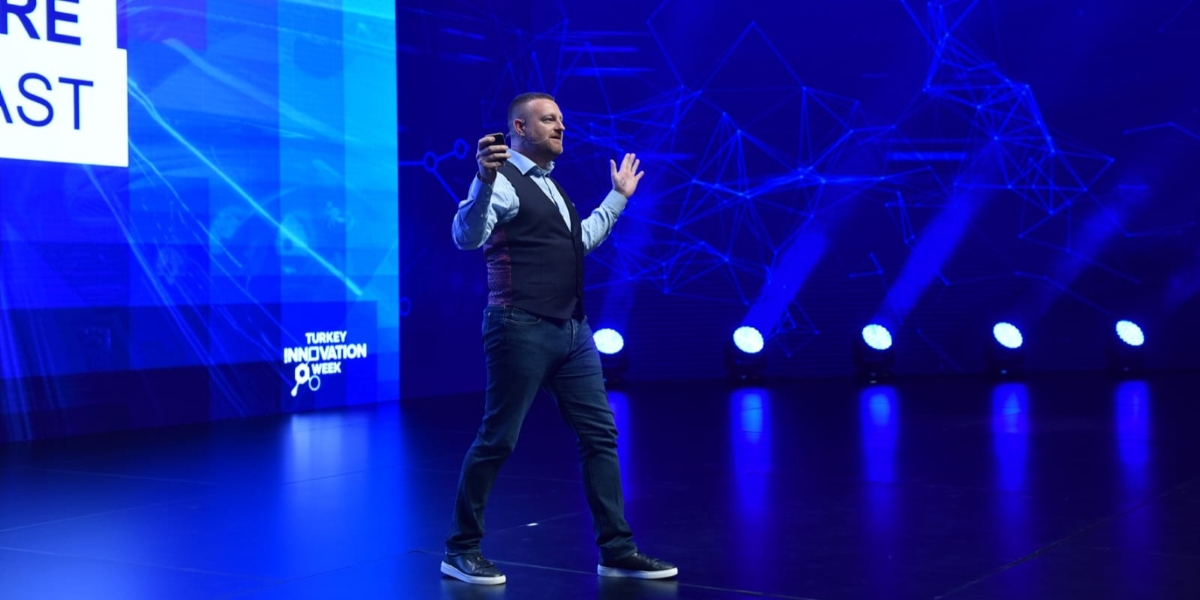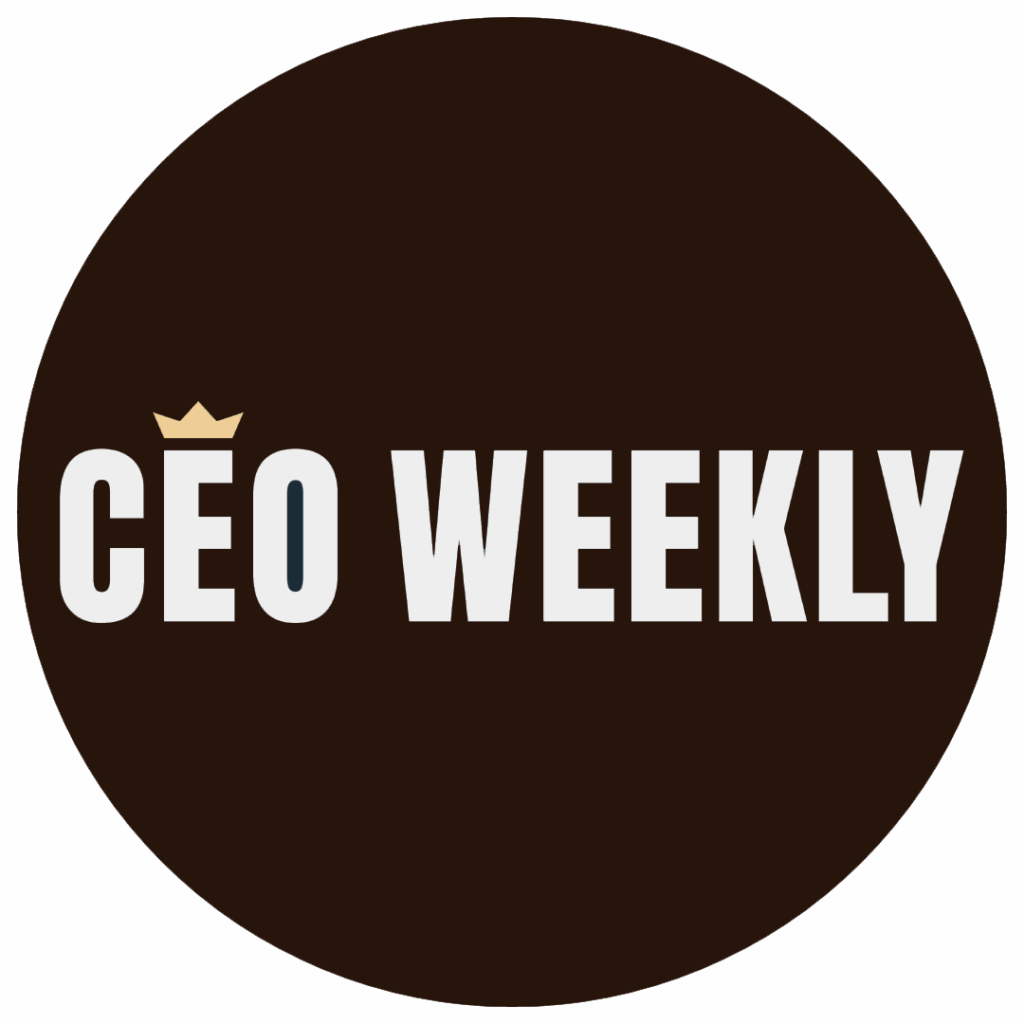In today’s competitive business landscape, maintaining high levels of employee engagement and productivity is crucial for success. One innovative approach gaining traction is the gamification of the workplace. By integrating game elements into non-game contexts, businesses can enhance motivation, collaboration, and overall performance.
Understanding Gamification
So what in the world is gamification? Well, gamification applies game design principles and mechanics to non-game environments, such as the workplace. Elements may include points, badges, leaderboards, and custom rewards. These tap into fundamental human desires for achievement, recognition, and competition. It’s like the rush you get when you play any kind of game.
Benefits of Gamification
Enhanced Motivation and Engagement: Gamification leverages intrinsic motivators like competition, achievement, and social interaction into daily duties. Employees are more likely to invest effort and take ownership of their tasks when they find them enjoyable and rewarding.
Improved Learning and Development: Gamified training programs make learning more interactive and enjoyable, improving knowledge retention and skill acquisition. Interactive simulations, quizzes, and progress tracking can help employees grasp complex concepts and apply them effectively.
Increased Productivity: By setting clear goals and providing instant feedback, gamification streamlines processes and improves efficiency. The more efficient your employees are, the more productive they become.
Fostering Collaboration: Team-based gamification encourages teamwork and communication. Group challenges and collaborative tasks strengthen team dynamics, enhance problem-solving skills, and promote a sense of camaraderie.
Recognition and Prizes: Gamification provides immediate recognition and rewards for achievements, boosting morale and job satisfaction. Tangible and intangible rewards, such as bonuses, badges, or public recognition, reinforce positive behavior and encourage continuous improvement.
Implementing Gamification
Identify Objectives: Clearly define the goals and objectives upfront. Whether you’re looking to improve productivity, enhance training, or foster teamwork, you need to nail down precisely what you’re looking to get out of this approach.
Design Engaging Mechanics: Choose game elements that align with the organization’s culture and objectives. Points, badges, leaderboards, and challenges should be designed to motivate employees without creating undue stress or competition.
Integrate Seamlessly: Gamification should be integrated into existing workflows and systems without disrupting daily operations.
Provide Feedback and Recognition: Regular feedback and recognition are crucial for sustaining engagement in the long run.
Monitor and Adjust: Continuously monitor the effectiveness of gamification initiatives. Gather employee feedback, track key performance indicators, and make necessary adjustments to keep the system relevant and motivating.
Potential Challenges
Overemphasis on Competition: While some friendly competition can motivate, excessive focus may lead to stress, burnout, or unhealthy rivalries. Balancing competitive and collaborative elements is essential to keeping the process running smoothly.
Lack of Customization: A one-size-fits-all approach may not resonate with all employees. Personalizing gamification strategies to cater to different preferences, roles, and skill levels ensures broader engagement.
Short-Term Engagement: Initial excitement about gamification may wane over time. To sustain long-term engagement, organizations should regularly update challenges, rewards, and game mechanics to keep employees invested.
Privacy: Gamification often involves tracking and analyzing employee performance data. Data privacy and security is paramount to maintaining trust and following the law.
Real World Examples
When tech giant Google had trouble tracking employees’ travel expenses, it “gamified” the process. Employees were given a daily allowance and allowed to decide what the company did with any remaining money. This included bonuses or donations to the charity of their choice. The result? Google had 100% compliance with their staff in under a year by turning something as mundane as an expense report into something employees had a stake in.
Portland-based Custom Comet needed a way to inspire its artists’ creativity. It implemented a quarterly bonus system that took into account not just the company’s sales but also each artist’s success rate. This not only increased conversion rates but also fostered a sense of teamwork, as bonuses were tied to the company’s overall success.
Conclusion
Gamification enhances workplace engagement, productivity, and overall job satisfaction. By thoughtfully integrating game elements into work processes, organizations can tap into intrinsic motivators, foster a positive work culture, and achieve their business objectives. While challenges exist, this proven approach works and is being used by the top businesses around the globe.
Published by: Nelly Chavez









